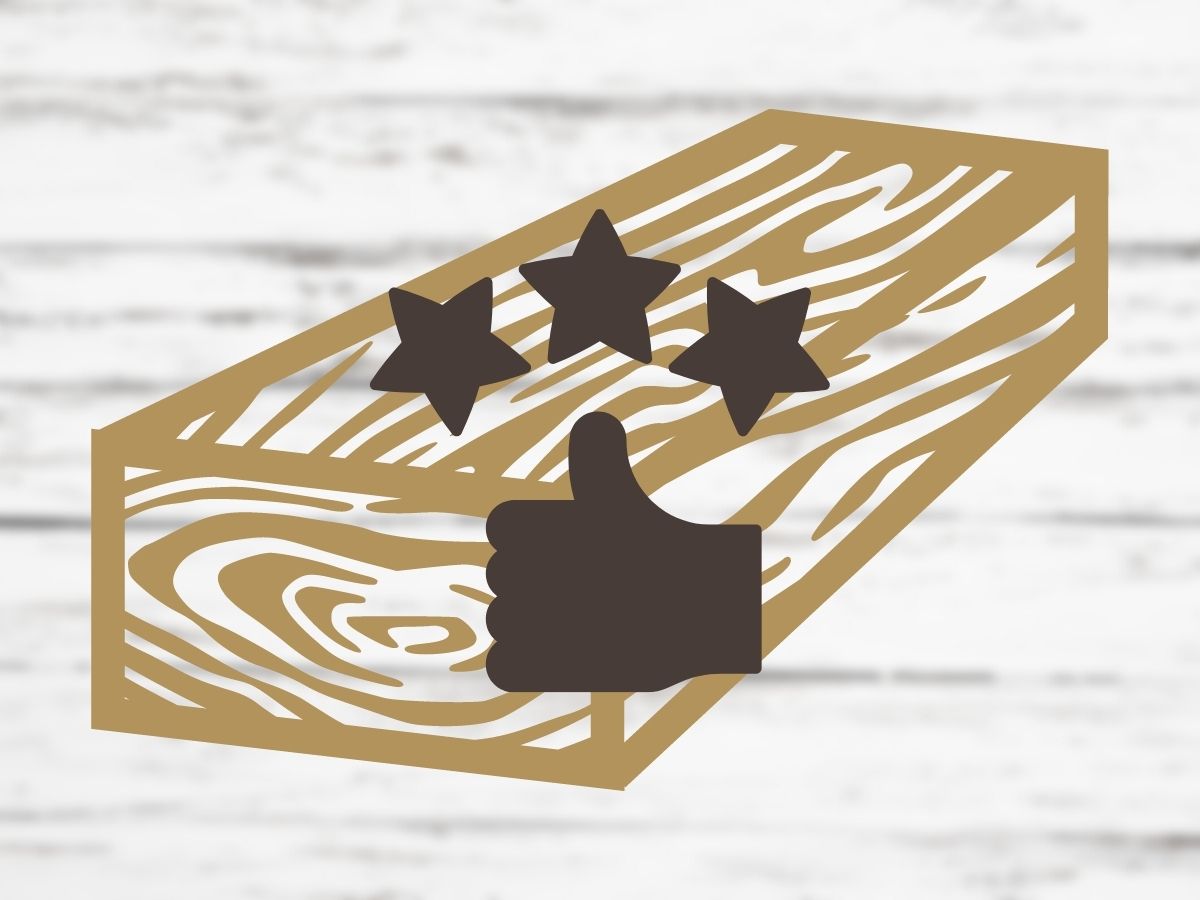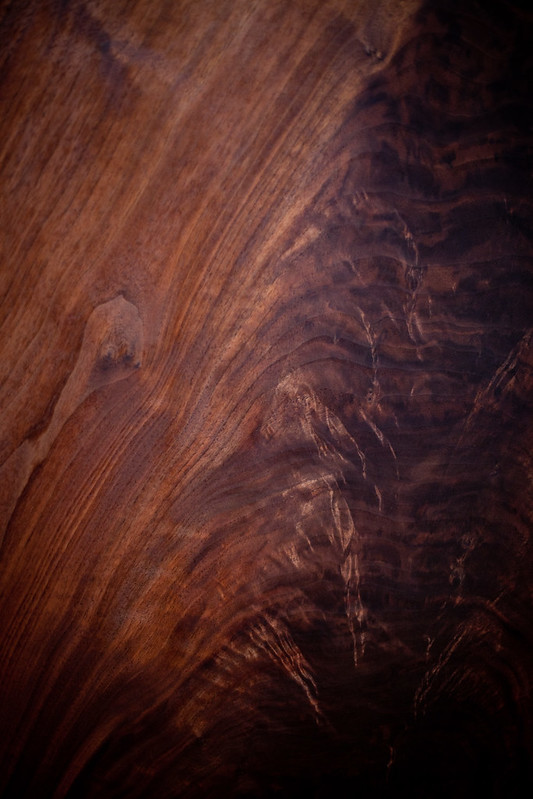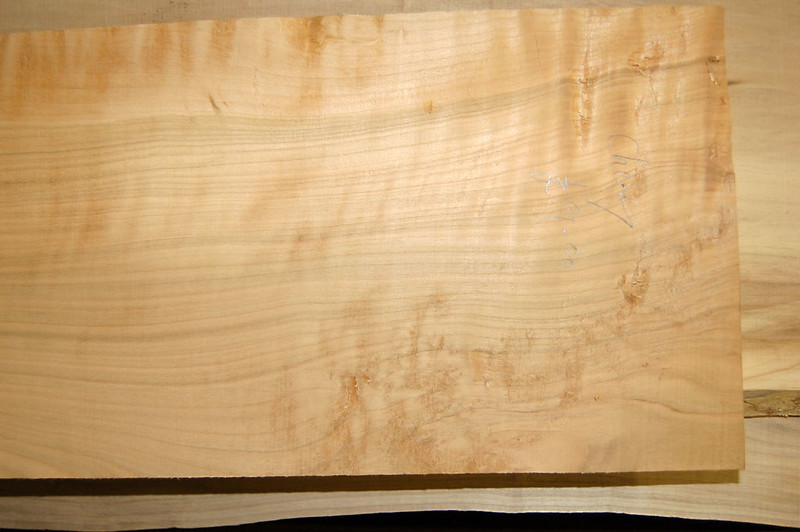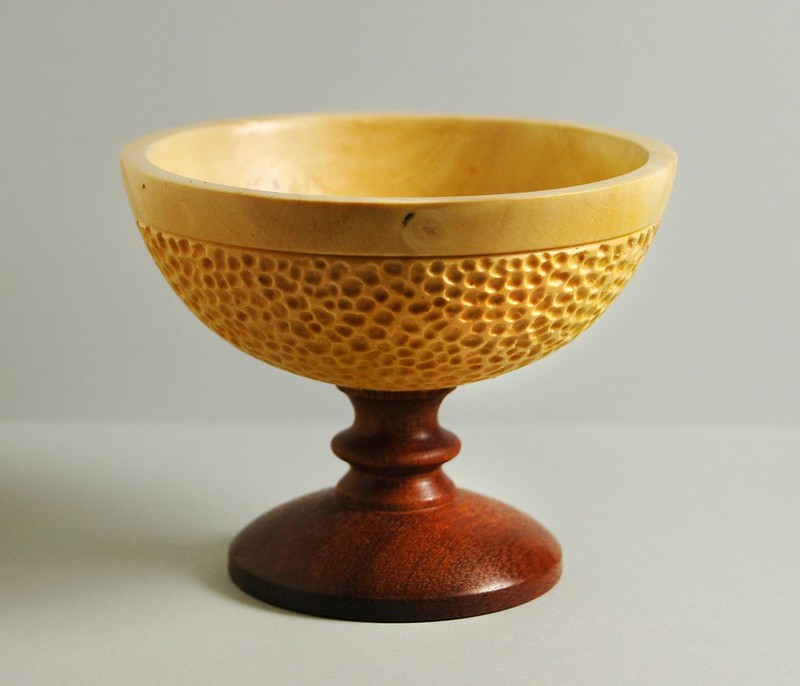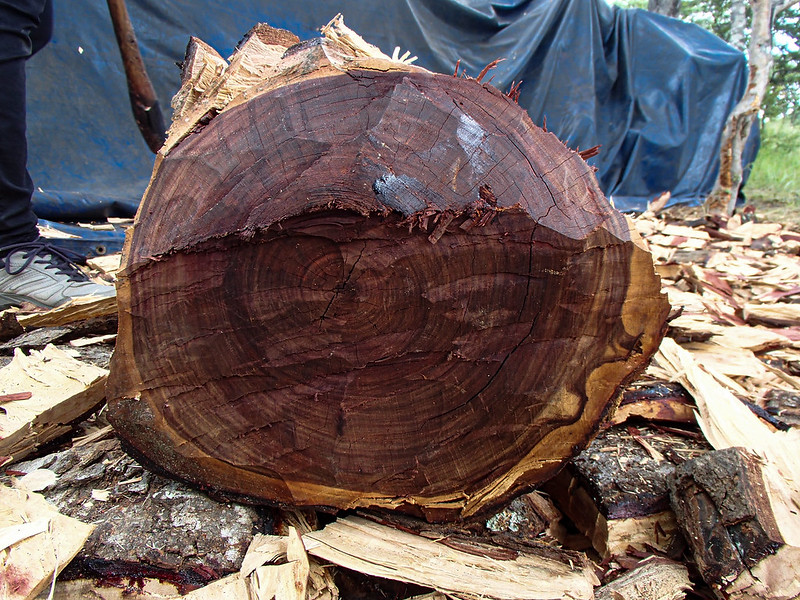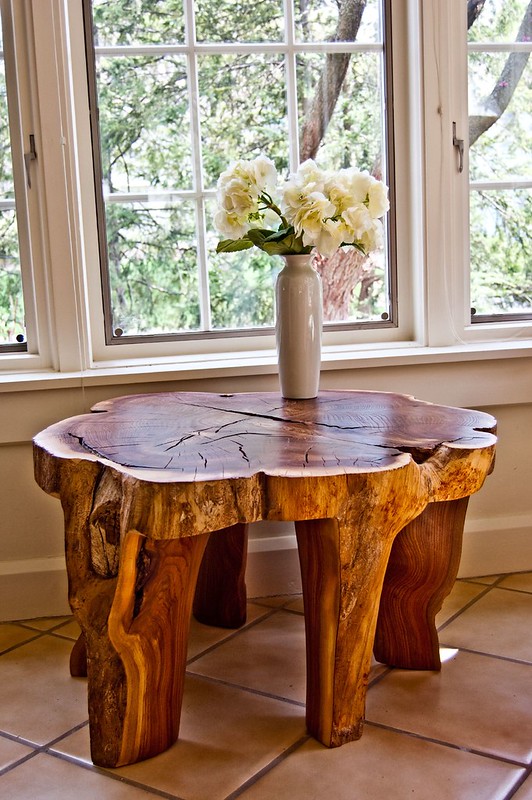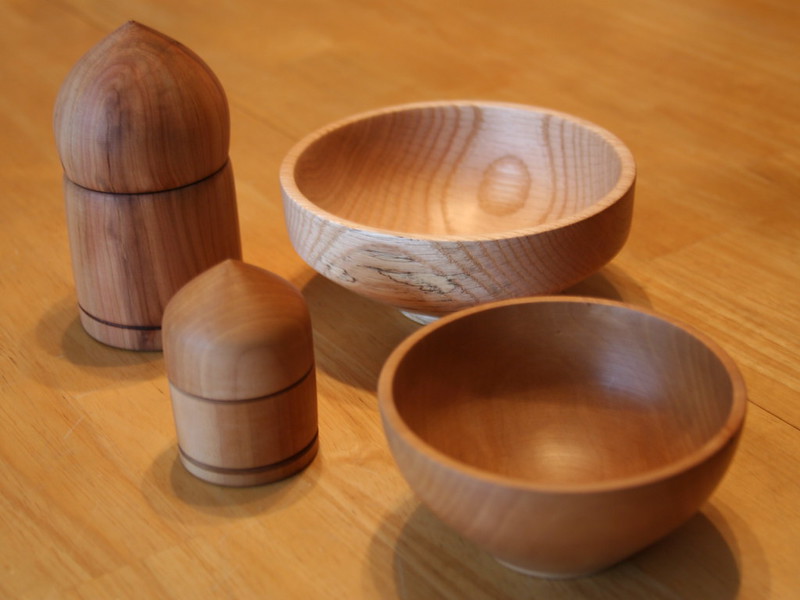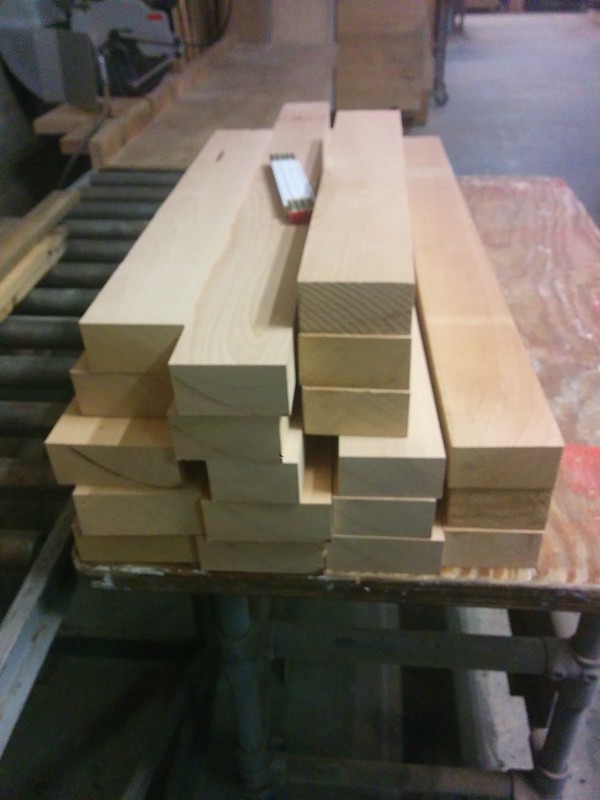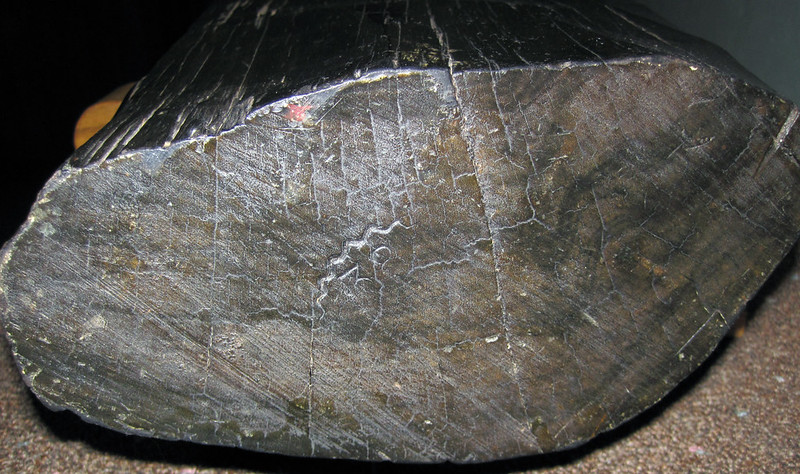Woodturning is extremely satisfying and useful. You make beautiful objects out of a simple piece of wood. The more experience you have with woodturning, the more you can experiment with various patterns and designs.
But not all types of wood are good for turning on a lathe. Here is a list of the kinds of wood that are widely accepted to be best for turning.
Walnut
Walnut wood is one of the best for use on a lathe. You can easily get some incredible results from turning this wood on a lathe between 800 to 1,000 RPM. It may not be the easiest wood to turn since it is quite tough and has an end grain that can prove difficult to sand.
If you use walnut wood to make bowls, there may be tears at the bottom. However, when used correctly and for the right type of articles, walnut wood can be one of the best types of wood for turning.
Use the sharpest tools in your kit since the wood is hard. Once the wood has been turned into the desired shape, give it a clear finish with a few coats of Danish oil or a clear oil of your choice.
Cherry
Cherry is also another great example of a wood that works very well on a turning lathe. This is fine-grained wood so you will get a smooth finish when you turn it. However, you may still want to give the wood a good oil or varnish coating.
Some woodturners also like to use a thin coat of varnish after turning the wood and then follow it up with 400-grit sandpaper or steel wool after it has dried. Then apply a recoat for the smoothest and most spectacular finish.
The wood has a beautiful range of colors, often revealing a tinge of purple in the darker lines. These lines give the timber its versatility as they make for beautiful patterns and are perfect for turning bowls.
Boxelder
Boxelder is another great wood to make stunning bowls out of, simply because the Boxelder tree offers timber of striking colors and patterns. At times, the cross-section of the tree has beautiful red streaks that make for very bright and beautiful bowls. These streaks appear on the trunk thanks to a pigment from a fungus frequently found on the tree.
It is a great wood for turning and it also takes well to gluing and various types of finishing. One drawback of the wood, however, is that it can emit a strong odor when it is wet. However, once the wood has dried and you have applied all the finishing material, the problem goes away quite easily.
Rosewood
Whenever one hears about woodturning, the name rosewood comes up a fair bit. They are extremely tall trees with a clean and straight trunk so you can practically use pieces of the trunk as stock without any treatment. It has a distinct reddish-brown color and one of the best things about turning with rosewood is that it has a beautiful fragrance that lasts for a long time.
However, the trouble with rosewood is that it is extremely difficult to acquire. The trees are predominantly found in Asia and Africa and are categorized as endangered. If you do manage to get your hands on some rosewood stock, then you need to be extremely careful as that st0ck is too expensive to be wasted.
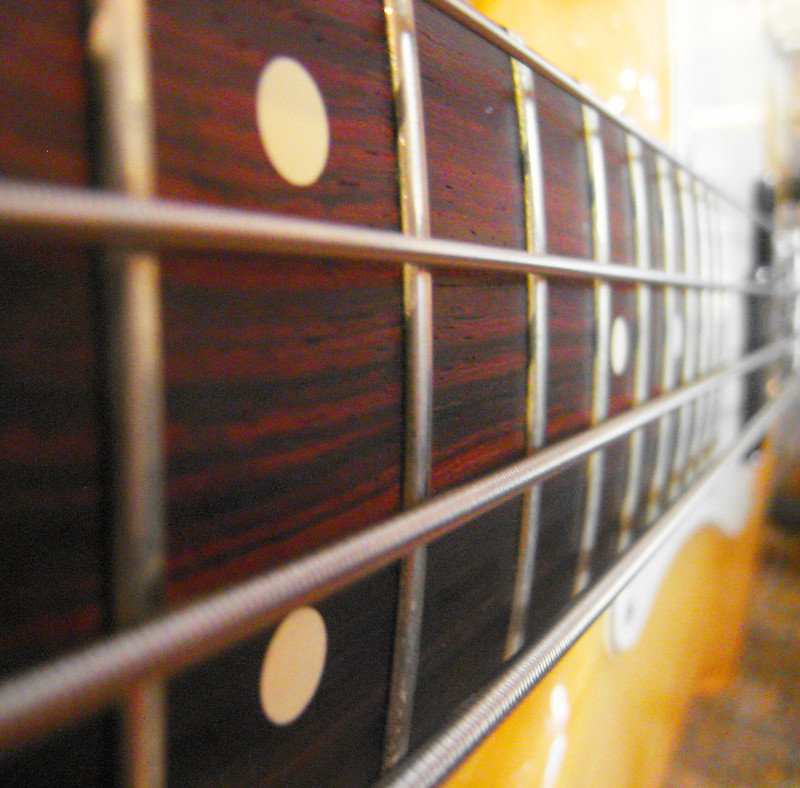
Red Elm
There are more than 15 species of elm and each one is a great contender for woodturning. However, some of them are better for the lathe than others. The red elm, for example, is a great wood for turning.
This is a hard and tough wood that requires sharp tools for turning and carving. It has a light red-brown finish with grayish sapwood. It has a very apparent grain pattern that makes it a great wood choice for making decorations for the house, customized spindles, bowls, etc.
A cousin of the red elm, the American elm is also a good option for turning and has a light reddish-brown color. One could also consider the Chinese elm, which has a white finish. However, of the three kinds of woods, the red elm has the most interesting patterns. The latter wood may benefit from some kind of embellishment.
Bradford Pear
Bradford pear is a great wood to work with, especially because it has a beautiful orange color and also has some interesting patterns that look great in bowls and spindles. However, this is dense and extremely hardwood, so you need to use the right kind of tools to treat the wood stock right. Though this is a tough wood, it sands very well and you can get a lovely finish.
The wood from this tree, too, is hard to acquire as it is usually planted for aesthetics and for its ornamental value and is not native to the United States. In fact, in several cities, governments and forest departments are trying to limit the planting of the Bradford pear tree as it is considered to be an invasive species.
Beech
Beechwood does not have a very apparent grain pattern, but it is still a great wood to turn on the lathe. In fact, some people even prefer the plain look of the wood as it takes to various kinds of finishing very well and you can also embellish it well.
The wood is also extremely durable and resistant to abrasion, so it is a good type of wood to choose from for making bowls and other types of kitchen items. However, be careful to sand the wood along with the grain instead of against it, since it can leave scratches on the surface of the wood if done incorrectly.
Ebony
Ebony is one of the most beautiful and luxurious woods you can turn. It is a rare type of wood since ebony trees can take centuries to mature. So, not only is ebony wood difficult to acquire, but it is also quite expensive. Just as has been said about rosewood, ebony is not the kind of wood you practice with. There is no room for making mistakes with wood like this so be sure of your technique before you put ebony on the lathe.
Ebony wood also has a deep and beautiful black color, making it the perfect wood to turn if you want to make unique bowls and related items. It also makes for a great present for loved ones, especially on momentous occasions like a big anniversary or birthday.
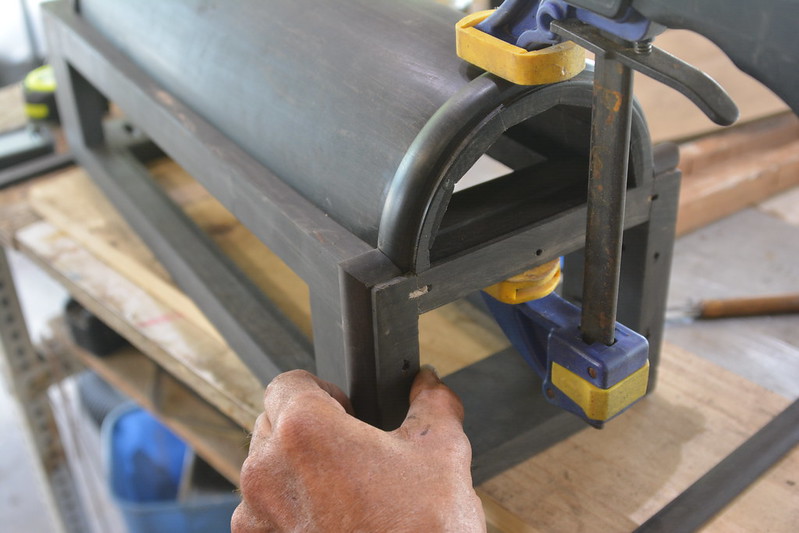
Types of Wood to Avoid
The woods that have been described above are some of the best that you can consider for turning. However, there are certainly also some that do not make for good options for turning on a lathe. The following are two popular examples of this type of wood:
Mesquite
This is an extremely hardwood that can become quite hard to turn. If you need to use it for small projects, mesquite may still be useful. However, for anything bigger, this type of wood may simply be too hard to turn. Even with the sharpest tools, mesquite can be difficult to work with. There are plenty of options when it comes to turning on a lathe. Mesquite can sit your workshop out.
Eastern White Pine
The eastern white pine is a softwood that is quite commonly available. It is a porous wood for how soft and lightweight it is, and absorbs excessive moisture quite well. It is also not too expensive and can be found in any hardware store. However, while it can be a useful wood for carving or making patterns, its use on a lathe is limited because it can become quite sticky and messy while turning.
Manzanita
This is a very sturdy wood but has a delicate texture. It is not great when working with a lathe but it is burly and unique in its shape because of its many irregularities. So, if you’re going manual, you might look into this. But be warned that it also has a lot of defects which can be tricky to deal with.
The heartwood variety color ranges from bright orange to brownish-red and the sapwood is off-white to light brown. Manzanita is quite good with fighting decay and has wildly grainy features. If you’re looking to build something like a perch for birds, it’s not a bad choice.
Hardwood vs Softwood
The types of wood that are suitable for turning on a lathe are a mix of soft and hardwood options. But how does this make a difference? The following are some of the basic differences between soft and hardwood:
- Hardwood is denser than softwood because it has a more complex anatomy. It is also a tougher wood to carve and spin on a lathe than softwood.
- Hardwood is more porous than softwood since it has more vessels. This is also what makes hardwood more fire resistant than softwood.
- Hardwood tends to be more expensive than softwood and is a good option for turning if you are making high-end items like premium furniture.
- The bulk of the timber in the market comes from softwood as it is lightweight and found more commonly.
Final Thoughts
If you have the right wood for turning, then you can make some beautiful objects even without a lot of practice. Pick one of the cheaper woods out to get good practice and improve your technique on the lathe. It may seem that the difference between cheap and expensive wood is not much, but it adds up quite fast.
Once you feel confident about your skills, you can graduate to some of the more luxurious woods, like rosewood or ebony.
